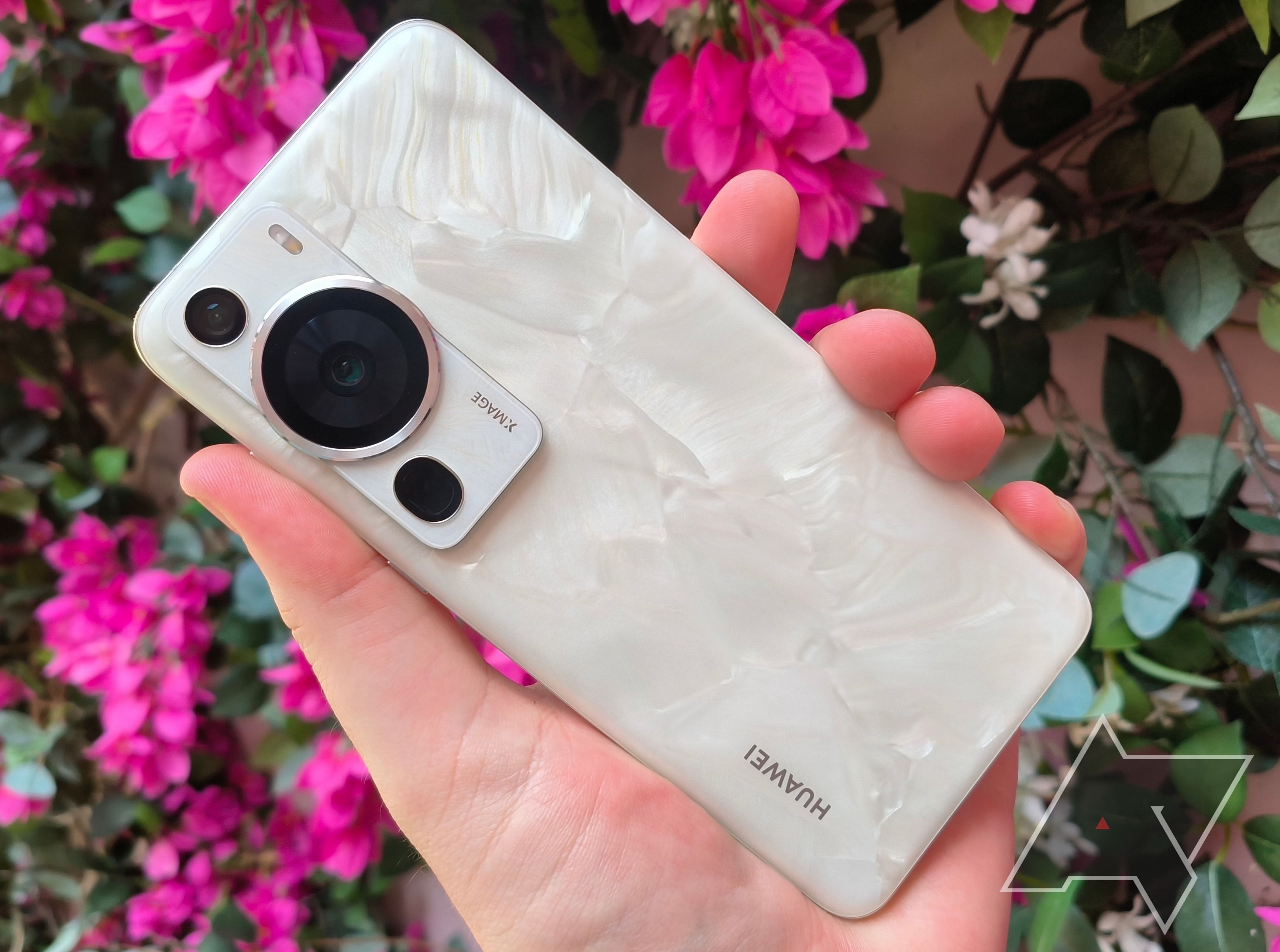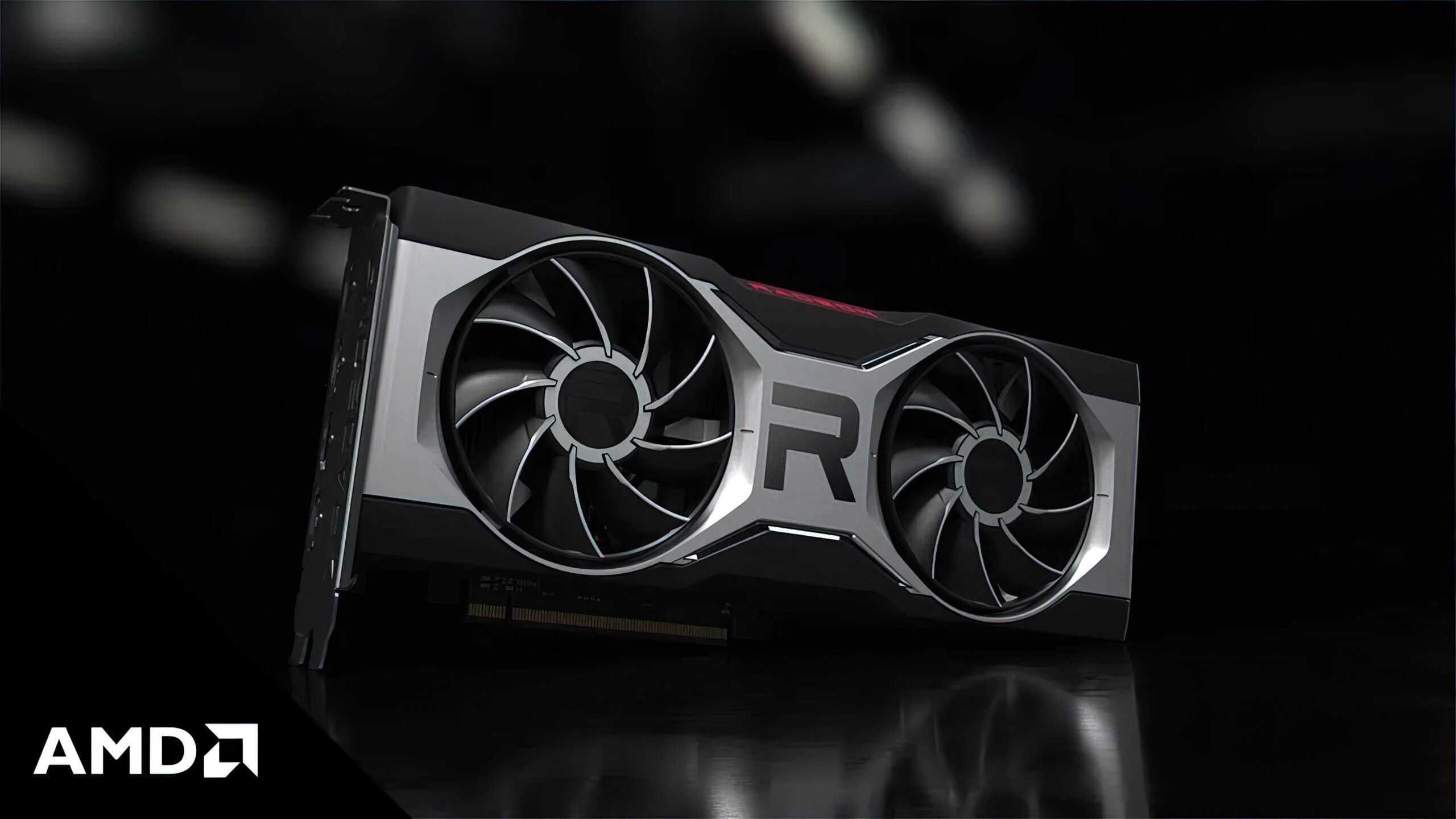The Huawei P60 Pro’s camera just helped me see in the dark
After a tumultuous few years for Huawei, the company has put an even bigger focus on the camera with its latest flagship smartphone, which is almighty impressive. I’ve had the opportunity to try out the Huawei P60 Pro before its European launch, and I think this will be one of the best camera phones on the market. It may not be the most useful phone for everyone, but there are some remarkable camera features here worth highlighting.
ANDROIDPOLICE VIDEO OF THE DAY SCROLL TO CONTINUE WITH CONTENT
The P60 Pro was first revealed in China in March this year, and it’s coming to European markets, including the UK, starting today. Don’t expect this to be a phone you can easily buy in the US, though; it likely won’t be much use even if you import the device. I’m based in the UK, where the phone goes on sale today for £1200, which is around $1,500.
Huawei P60 Pro camera hardware
Huawei let me try out the P60 Pro for a day before the handset's launch, and throughout this article, you’ll see some of the key highlights of the camera. There are three rear cameras on the P60 Pro, starting with a 48MP wide-angle camera with a variable aperture of f/1.4 to f/4.0. This one is the big camera you see dominating the photo below. It features optical image stabilization and will be what you use for most of your shooting on the P60 Pro.
Then there’s the telephoto lens. Another 48MP camera, this time Huawei goes with an f/2.1 aperture and gives us up to 3.5x optical zoom. There’s also a 13MP f/2.2 ultrawide camera, which I found helpful when I wanted to expand the scene and get more stuff in my shots, but this one just isn't as remarkable as the telephoto, so I played around with it less during my time with the phone.
Low-light performance
These first pics were taken in near darkness. A small amount of light came through the doorway around 20 feet from the subject I was shooting, but it wasn't easy to make out the specific objects on the table with my eyes. This night mode did, though, and it was genuinely remarkable what Huawei’s camera managed to pick out. The shots below sort of look like they're using a flash, but this is all just ambient lighting the camera's picking up
3 Images
Close
These images aren’t winning any awards, but you can still plainly see what's going on, and wouldn't expect anything nearly this good from shooting in near-total darkness. This feature is called the Ultra Lighting Camera, and it honestly blew me away with how it was able to work so well with so little light. This is achieved through a combination of the phone's auto-adjustable physical aperture and an RYYB SuperSensing sensor that Huawei says allows for far more light to enter the camera.
If this proves helpful in your everyday life is another question, but it's one of those extra tools that all add up to a make your phone such a well-rounded camera. This is the sort of feature you may only appreciate in a specific scenario, but it's unlikely you'll find a use for it every day. The final shot here employs the telephoto camera at a 3.5x zoom, which is using a feature branded the Ultra Lighting Telephoto Camera. It is noticeably more grainy than the telephoto camera's performance in good lighting, but it's better than what you'd see from zoom shots on most smartphones.
Here's a final nighttime pic, and while this scene isn't the sort of pitch-black challenge as the first few photos, I feel this one captures quite well how Huawei's camera can perform in low-light scenarios.
A lens for every situation
The telephoto camera, on the whole, is excellent on the P60 Pro and can compete with the likes of the S23 Ultra. These next shots are taken with the 3.5x optical zoom — take a look at the hair around the giraffe's mouth here, and you'll notice the sort of detail this camera is capable of picking up.
6 Images
Close
This camera allows you to take photos closer to distant objects without any noticeable loss in quality, which makes for a far more versatile camera than I'm used to shooting with. I think if I used this phone for a significant amount of time, I'd be going back to the telephoto more than most of the camera's other features. Once you pass that 3.5x zoom, there's a noticeable drop in quality as the camera attempts to push things further, but it's still among the best telephoto performances I've seen up to 10x zoom. The effect continues up to 100x zoom, but as with most smartphones, the images aren't particularly usable above the 10x level.
Finally, there's a Super Macro Mode that uses that camera to get you even closer to objects. This beats the performance of phones like the Pixel 7 Pro, but I didn't get enough time to make a full verdict on how it works across a variety of subjects. Here are a couple of photos I took using the Super Macro Mode to give you a taste of what it can do.
3 Images
Close
My short time with this device was enough to convince me that the P60 Pro is a remarkable camera phone. If you're looking for one of the best shooters on the market, this most recent effort from Huawei should be one of the top choices on that list — but whether it's the best phone for your daily needs will come down to what you want from an Android device. While Huawei's App Gallery has developed a lot in recent years, the lack of Google Mobile Services that has affected Huawei devices ever since 2019 remains a major stumbling block for many.
All I can say for now is that this camera is one of the most exciting I've used in a while, and if telephoto features are a must-have for you, it may be worth considering Huawei's latest.
Source: Android Police


